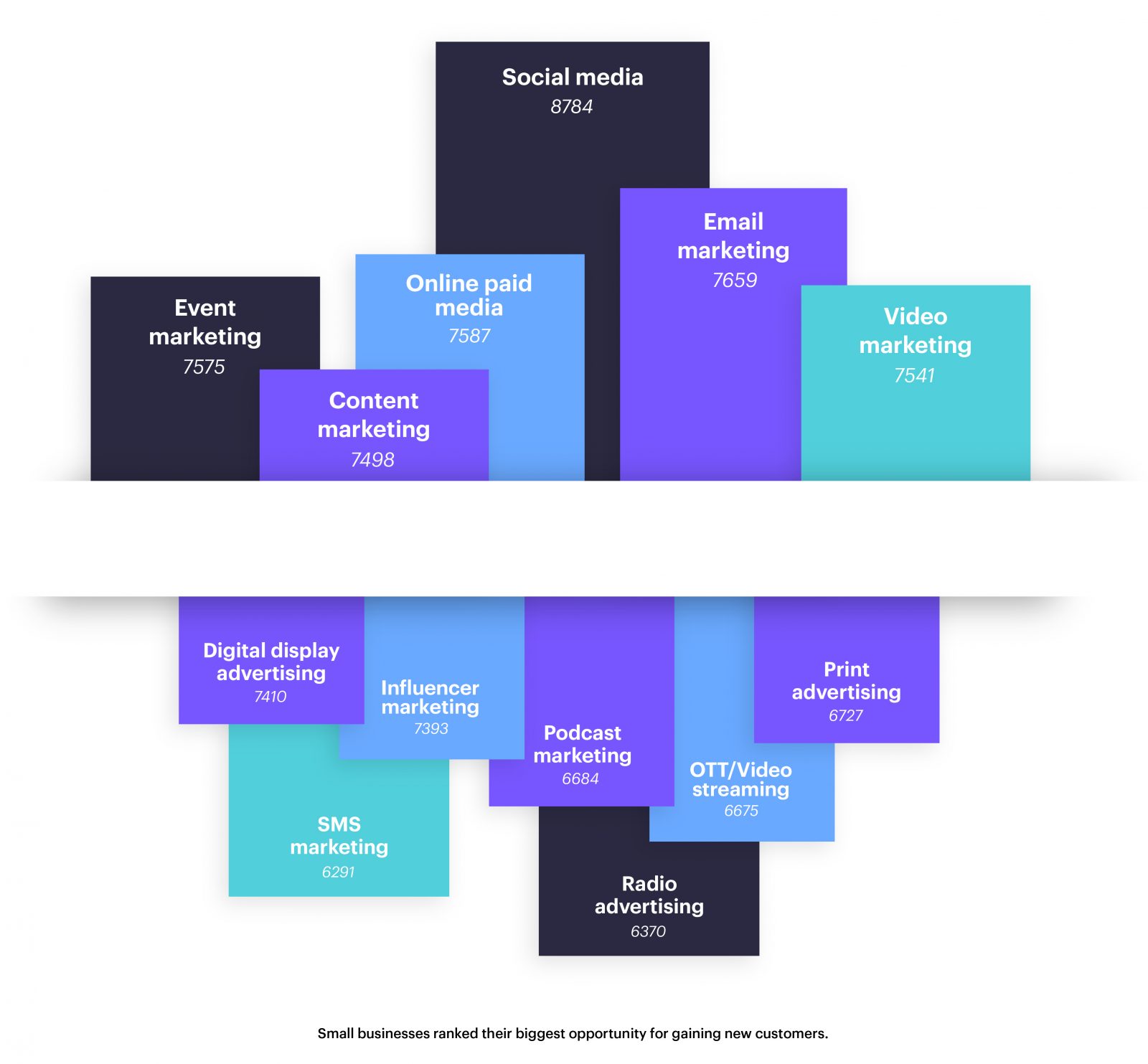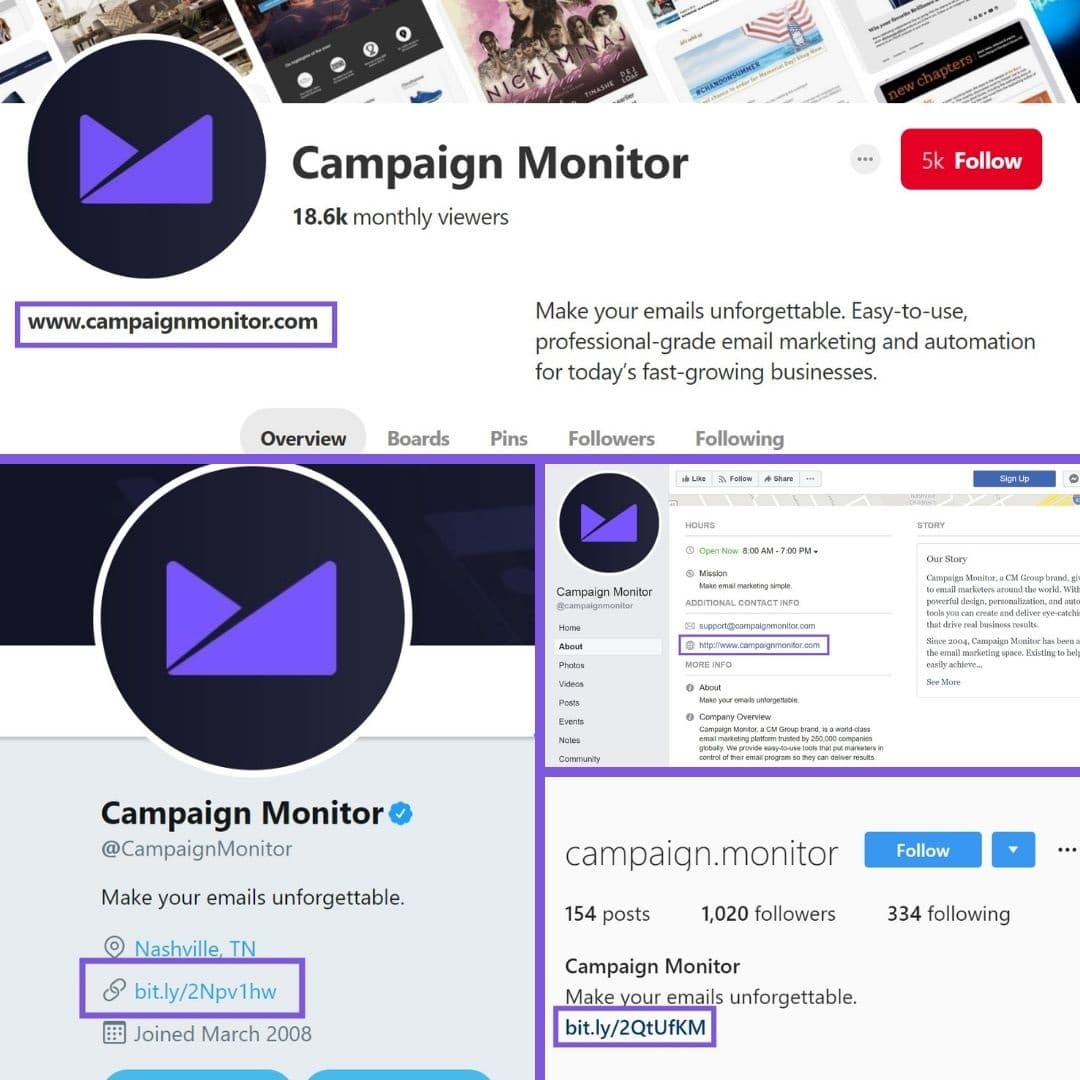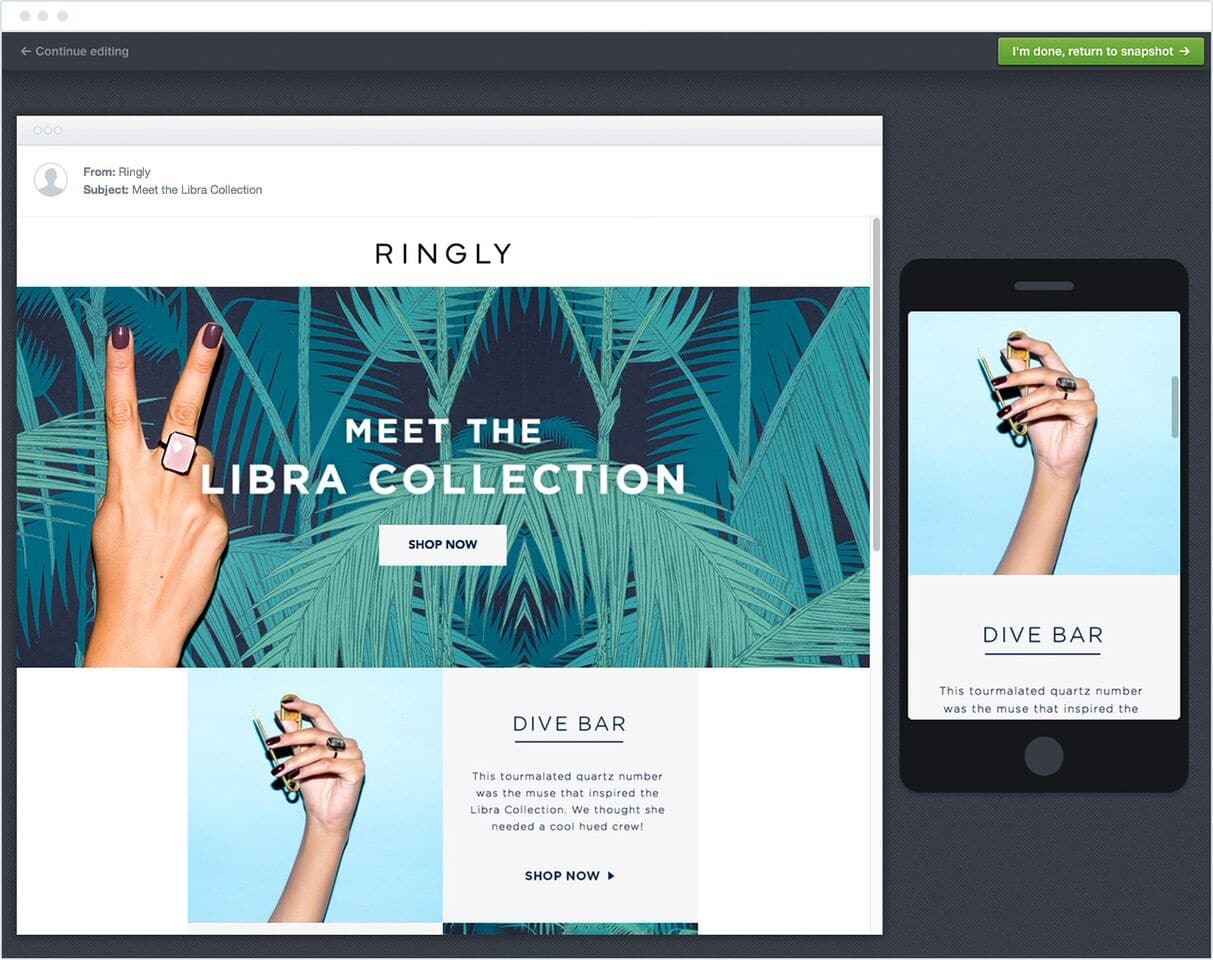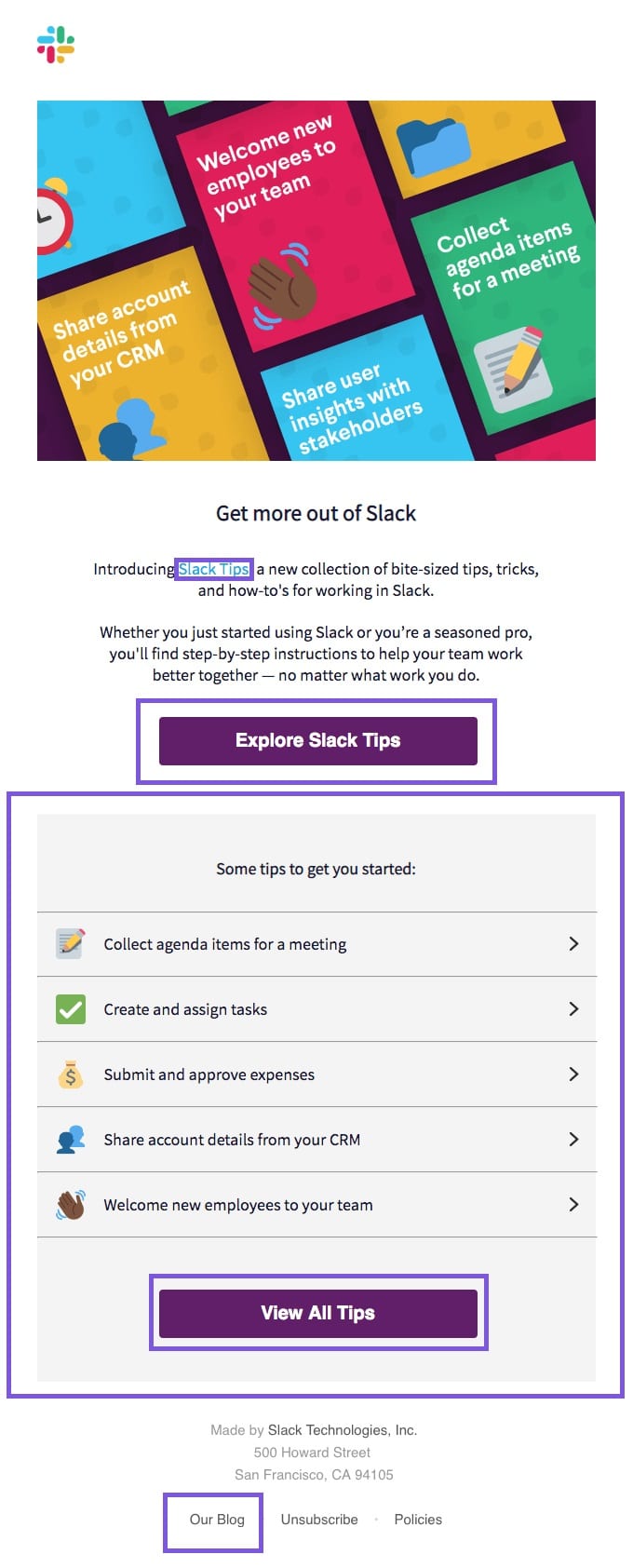With over 1.5 billion websites on the internet and 200 million active websites, it can be difficult for brands to garner the traffic that they want to see.
To increase traffic to your small business’ website, there are several different factors that marketers should consider.
How to increase traffic to your small business’ website
While doing our own research on the state of small businesses in 2019, we learned quite a bit, including what small businesses struggled with the most, what they planned to increase spending on, and what they considered their most significant goals for the year.
For our research, we surveyed over 1,000 small businesses with 100 employees or less and asked them a variety of questions based on their marketing practices, goals, and challenges. When we asked for the most difficult challenge that they face, the majority of respondents stated that new customer and lead acquisition was at the top of their list, followed closely by increasing traffic to their business website.
Source: Campaign Monitor
With so many websites online today, it’s no surprise that businesses have ranked increasing web traffic as one of their top challenges.
6 ways to increase traffic to your small business website
Don’t let the sheer number of websites out there intimidate you. Increasing traffic to your small business website can be done in a variety of different ways, and we’ve outlined some of those ways for you below.
1. Create high-quality content.
Content truly is king, especially when it comes to helping your website rank higher on search engines, like Google and Bing. In fact, when it comes to ranking factors, having high-quality content ranks in the top 5 factors that Google considers.
High-quality content comes in several different forms, including:
- Blogs
- Web pages
- Newsletters
- Webinars
- Case studies
- Whitepapers
- Emails
- Videos and more
Now, not every website will need to include all of these different pieces, but having a variety at your disposal will help your brand appeal to a much wider audience.
Quality material shows that you’ve taken your time to create engaging content that’s well optimized for the major search engines.
2. Practice SEO best practices.
Search engine optimization (SEO) is another high-ranking factor that helps increase traffic to your small business website. Think of it this way: Proper SEO is a tool that helps deliver your content to readers. While various best practices should be followed when it comes down to SEO, here’s a list of must-haves:
- Title tags – These tell search engines what the specific page is all about. Title tags should be unique to each page.
- Meta descriptions – These descriptions appear below the title on search engine result pages (SERP). This is a short description that tells the reader what the page is about and if it’s relevant to them.
- Targeted keywords and key phrases – These words and phrases are specific topic words/phrases to each of your web pages. Try making these as unique as possible or search engines may penalize you for unoriginal content.
- Image ALT tags – ALT tags for images work like targeted keywords for a web page. They tell the search engine what the picture is about.
- Internal page linking – Linking to other pages on your site by using relevant keywords as anchor text.
3. Have a secure website.
Gone are the days of HTTP sites, as search engines like Google have begun favoring secure websites (https). Hypertext Transfer Protocol Secure (https) is an internet communication protocol that helps protect the integrity and confidentiality of user data.
In terms of ranking factors, this is allegedly low of the list, but search engines are encouraging more websites to secure their sites to better protect their customers.
4. Use social media.
When we asked our sample of small businesses what channels they found were the best for new customer/lead acquisition, a large portion of them stated that they found social media to be their best bet. However, using social media is also a great way to increase traffic to your small business website.
Source: Campaign Monitor
Of those we surveyed, 69.6% of small businesses said they used Facebook, 48.3% used Instagram, and 47% said they used Twitter.
The top-performing social media sites that small businesses should be considering include:
- YouTube
Not only are these websites excellent ways to communicate with your brand’s target audience, but they’re also a great asset to help increase traffic to your website. One way to do this is simply to provide a link to your website directly on your profile page.
Source: Campaign Monitor Facebook/Instagram/Twitter/Pinterest
Depending on the social media platform that your brand chooses, there are also several different ways that you can lead your audience to your website, such as:
- Forms
- Links on posts
- Opt-ins
- Through direct and private messages
5. Have a mobile-friendly website.
Having a mobile-friendly website is more vital than ever, as more and more people are opting to take their web-surfing practices to their tablets and smartphones, instead of desktop computers. In fact, statistics show that 52% of all website traffic in 2018 was done on a mobile device.
When starting the designing process for your website or revamping your existing one, you’ll want to make sure that you’ve created a responsive website, meaning that it’ll change how it’s seen, depending on the source that it’s being viewed on.
Source: Campaign Monitor
6. Make good use of your email marketing practices.
Your email marketing efforts are another excellent way to help drive more traffic to your website. In fact, it can be one of your best options, given the fact that most consumers prefer to hear from their favorite brands via email, rather than social media.
Seventy-two percent of consumers prefer to receive promotional content from their favorite brands through email, compared to 17% who prefer social media.
Email offers brands many opportunities to guide readers to their website, whether it be through linked anchor text, linked images, or specified call-to-action buttons (CTAs). Just take this email example from Slack.
Source: Really Good Emails
In this email alone, five different sections include links to the Slack website, which we highlighted by adding purple boxes. If you break the email down even further, the live version shows that each of the five tips to get readers started are linked to individual pieces of information on their website as well.
That would bring the total to 10 different links that Slack has included that’ll lead readers to their website, increasing their overall traffic rate.
Wrap up
Increasing traffic to your small business website can seem like a daunting task, especially when you consider just how many websites there are online. However, that doesn’t mean you have to panic. With these seven tips to increase traffic to your website, you can continue tweaking your marketing strategies.
Some other factors you may want to consider include:
- Monitor key performance indicators (KPIs)
- Revamp any old content with new information and SEO practices
- Engage more with your audience on your social media platforms
- Poll subscribers to see what they want to see more of from you
Want to know what else we learned during our recent research on the state of small business in 2019? You can check out our full guide here.










